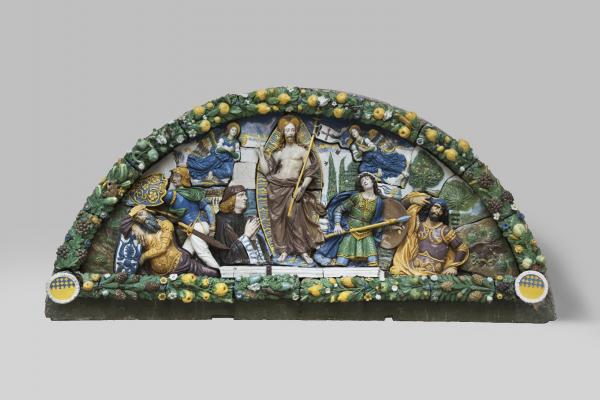May 11, 2017
“It’s quite unique for us,” Antinori, whose mother’s family includes three popes in the 18th and 19th centuries, said. “To have the commissioner — our ancestor, in this case — also represented in a piece is unique.”
Read the Full Article

Already a subscriber? Login
